The ‘two worlds’ promised by the title of this exhibition are, ostensibly, the static world of still photography and the cinematic world of moving images. The show explores the transition between the two, comprising a variety of paraphernalia associated with the development of early cinema, as well as pieces by contemporary artists conversant with early cinematic techniques. But as you explore the exhibition, these ‘two worlds’ fragment even further, and fresh oppositions appear – science and magic, natural and supernatural, contemporary and historic, reality and apparition – forming minor fractures along the greater gulf that is still photography’s leap into representing mobility.
This fascination with duality and doubleness runs throughout the exhibition. It is preoccupied with layering, focussing particularly on double exposure and superimposition as techniques used in photography, magic lanterns and cinematography. Superimposition allows photographers and cinematographers to splice together images of two disparate worlds to form a new one, a technique that demands viewers to understand such images as both separate and combined. The Little Match Seller, a maudlin silent film made in 1902 by James Williamson, based on a Hans Christian Andersen story, uses layered images to create distinct planes in the reality of the film – the material world, the psychic realm of the imagination, and spiritual apotheosis. The match-selling girl exists in snow-bound, poverty-stricken reality, while superimpositions show the escapist imaginings she indulges in each time she lights a match, and finally the angel who descends to lift her heavenwards after she dies of cold.
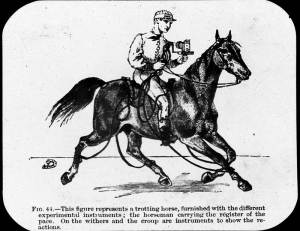
Photographic magic lantern slide (1877–87), Étienne-Jules Marey. Image courtesy of Kingston Museum and Heritage Service, Royal Borough of Kingston Upon Thames
These early film apparitionists are the inheritors of Victorian spirit photographers, who used double exposure and superimposition to create images that included apparitions from the ghostly world. From its earliest hours, photography was associated with the spiritual, the visionary and the illusory; it was accorded the ability either to access or to render non-material realms. The earliest developments in moving image projection, magic lanterns, were initially used concealed as aides to magicians and mesmerists, conjuring phantasmagoria projected onto gauze screens. But the narrative of the relationship between superimposition and the depiction of multiple worlds gives way, as spirit photographs and magic lanterns give way to the experiments in medical photography conducted by Charcot’s disciples at the Salpêtrière, and to displays dedicated to documenting the collecting prowess of the Barnes brothers, whose collection forms the basis of this exhibition.
This inclusiveness produces an exhibition of many fascinating glimpses, but ultimately prioritises fragmentation and multiplicity over development of a coherent interpretive narrative. The show aims to document a historical moment in all its variety and inconsistency. This breadth of purview is admirable, but in a single-gallery exhibition, leaves little room to delve deeper into the themes and patterns suggested by the display. Perhaps its greatest achievement is the evocation of a sense of historical provisionality, contingency – a proliferation of narrative possibilities, waiting to be explored.
‘Twixt Two Worlds’ is at the Whitechapel Gallery, London, until 31 August.
Unlimited access from just $16 every 3 months
Subscribe to get unlimited and exclusive access to the top art stories, interviews and exhibition reviews.

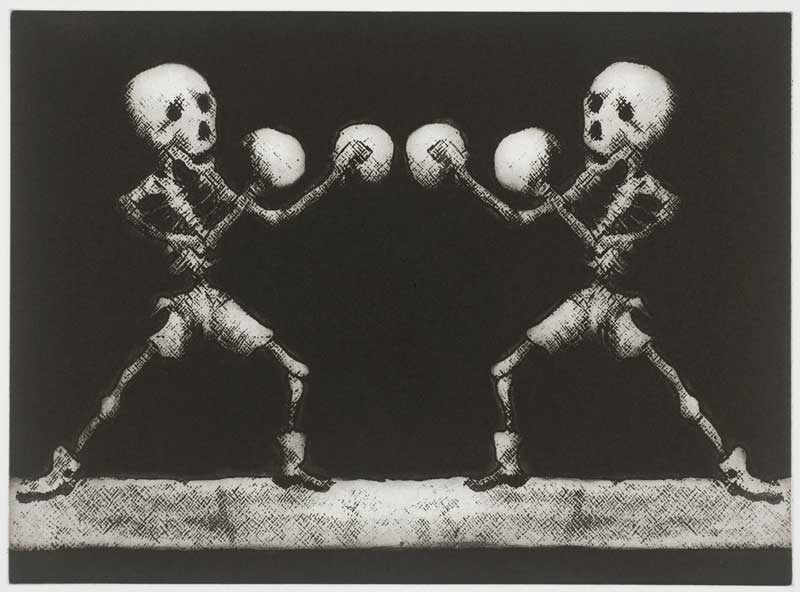
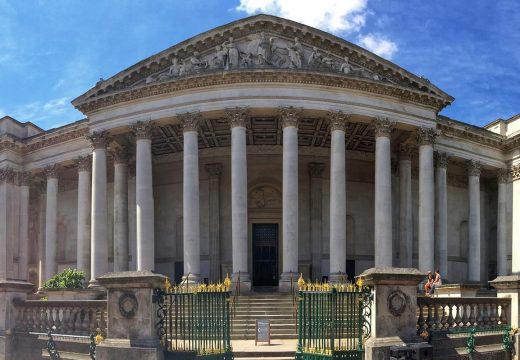
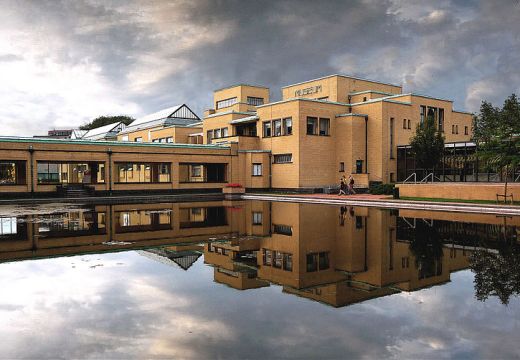
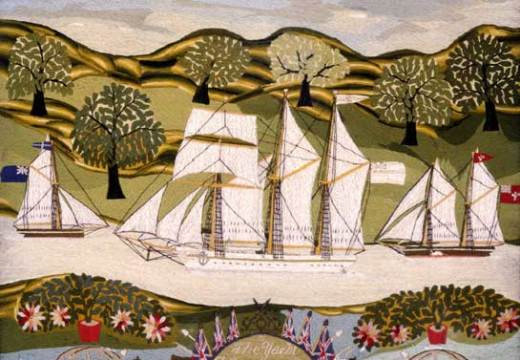









![Masterpiece [Re]discovery 2022. Photo: Ben Fisher Photography, courtesy of Masterpiece London](http://www.apollo-magazine.com/wp-content/uploads/2022/07/MPL2022_4263.jpg)
It’s time for the government of London to return to its rightful home